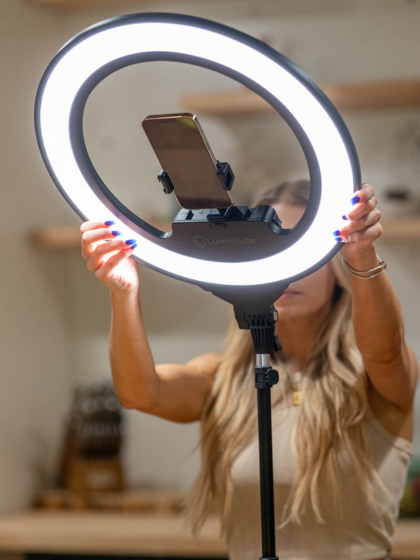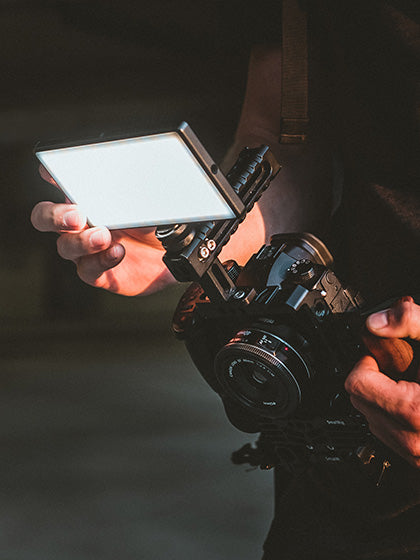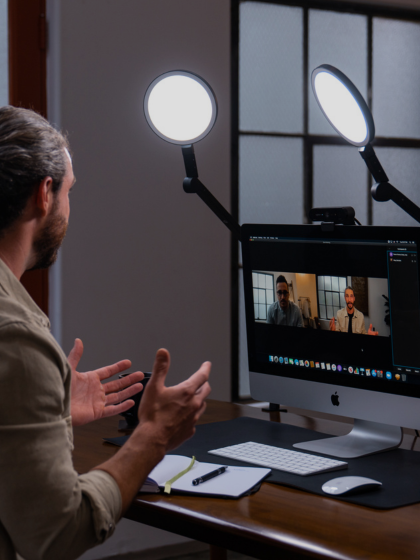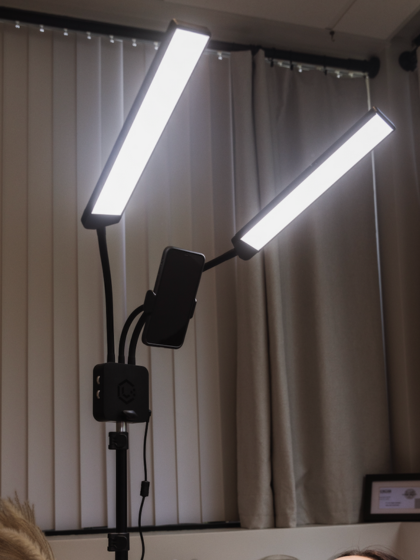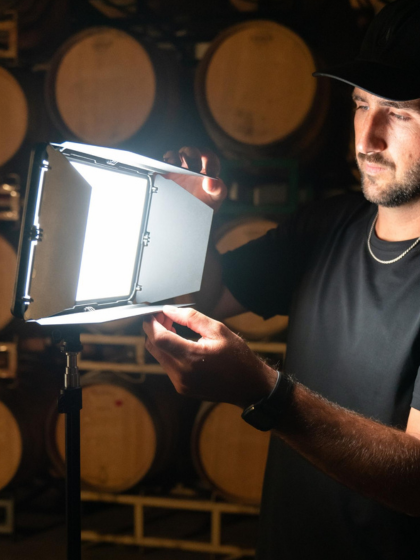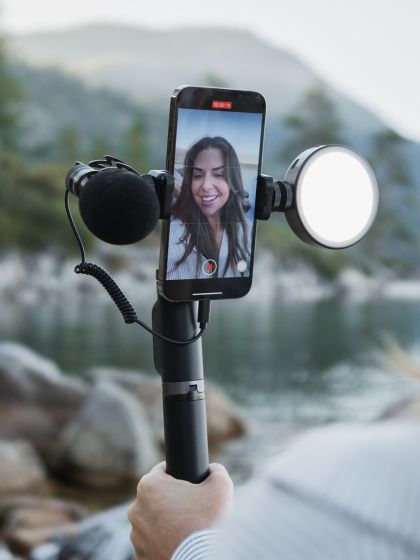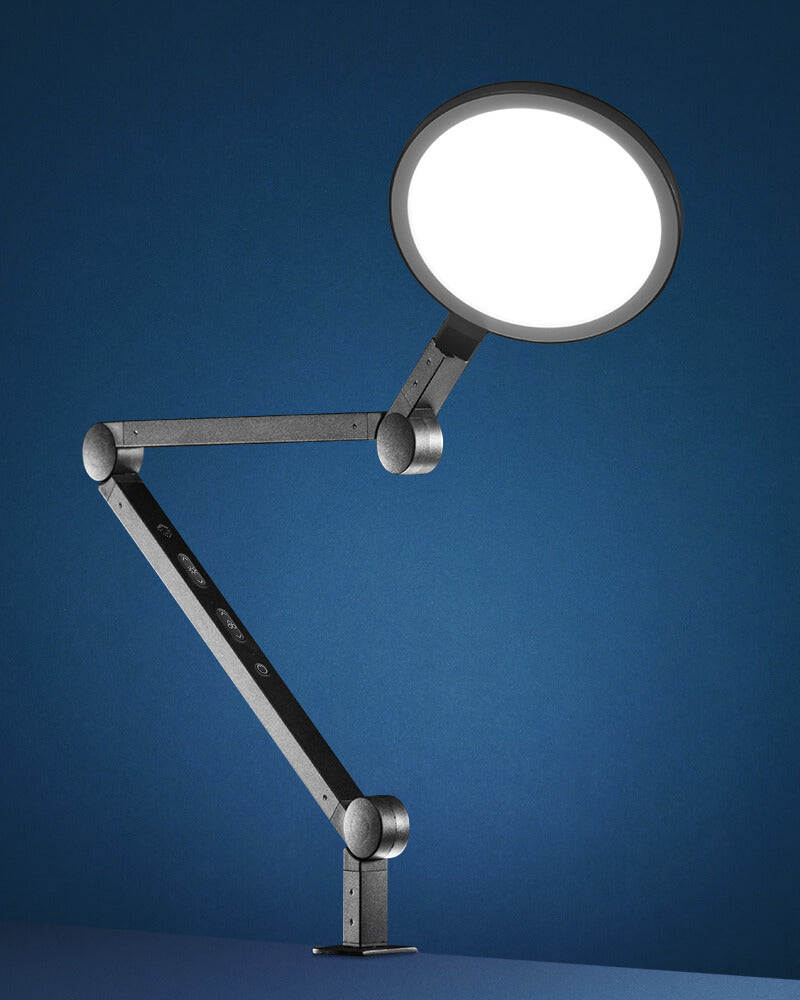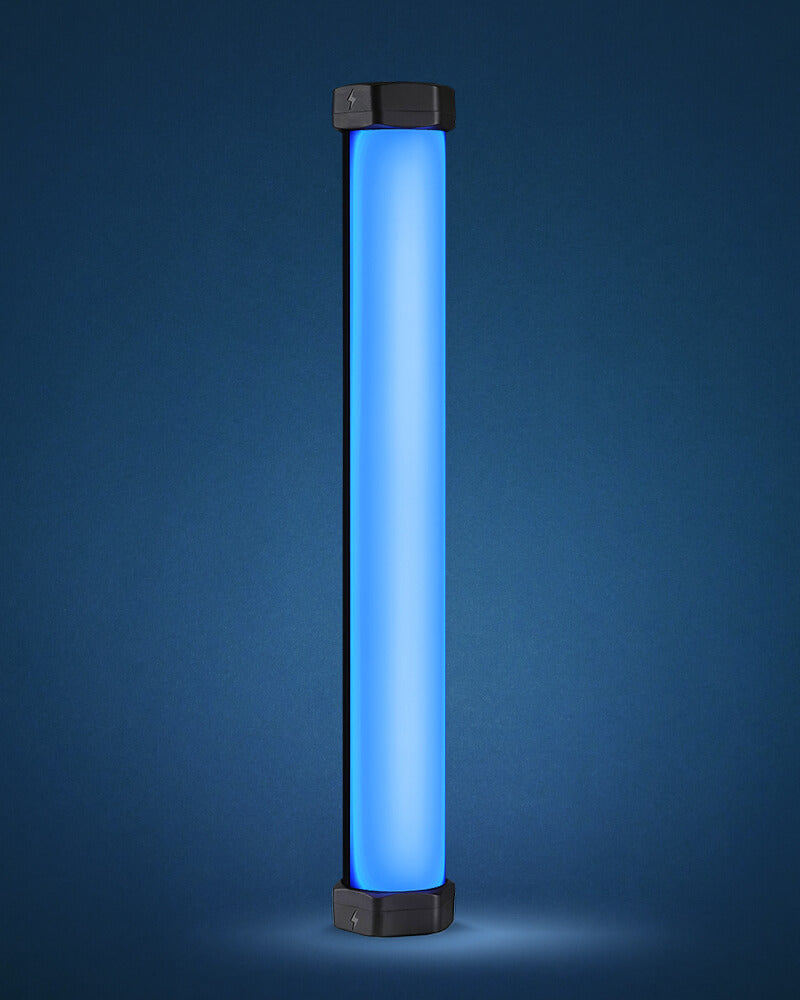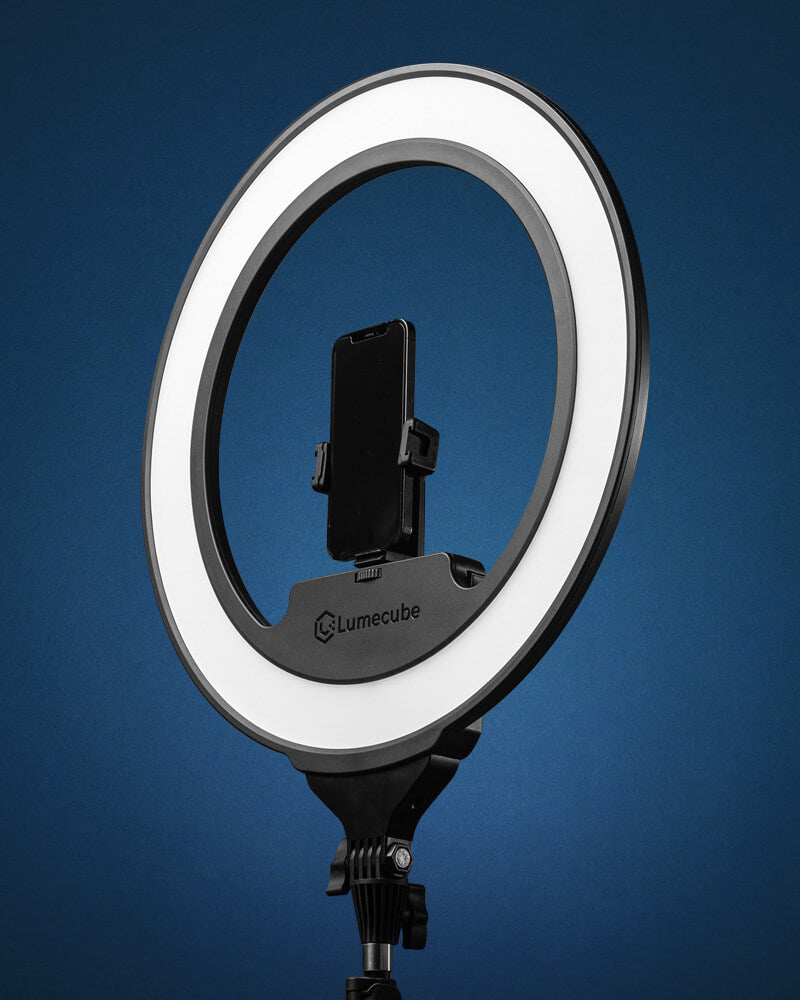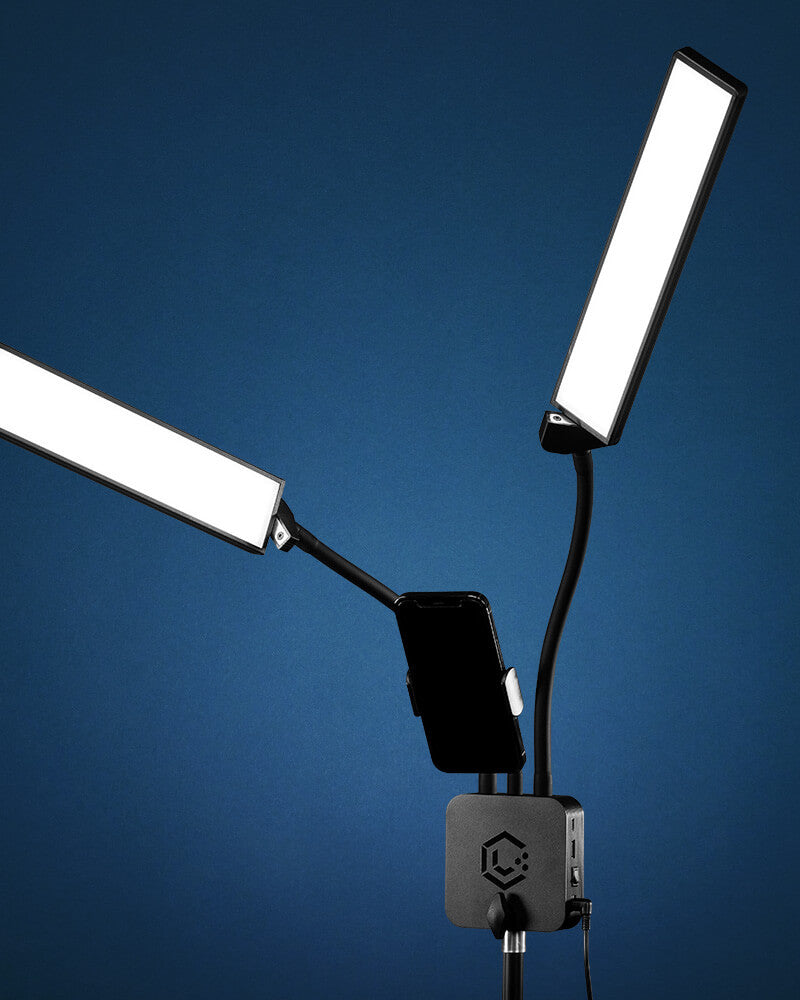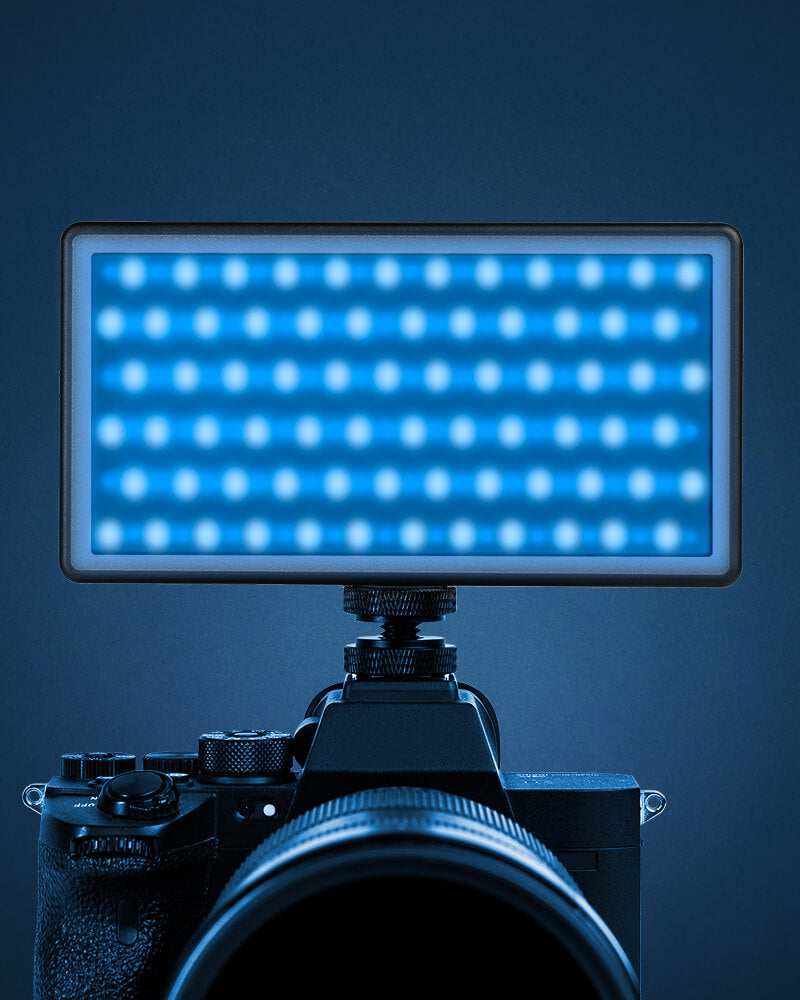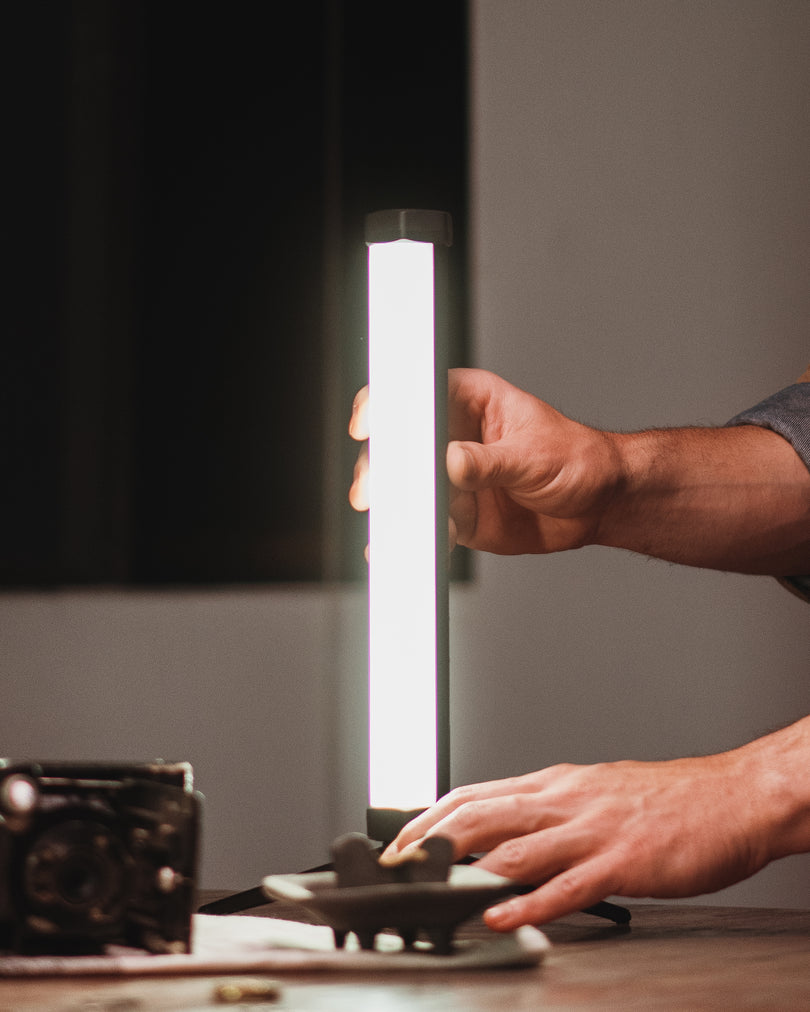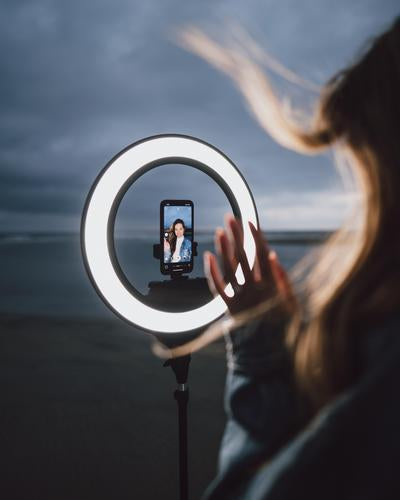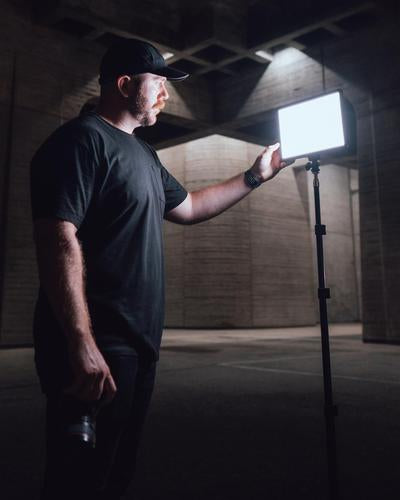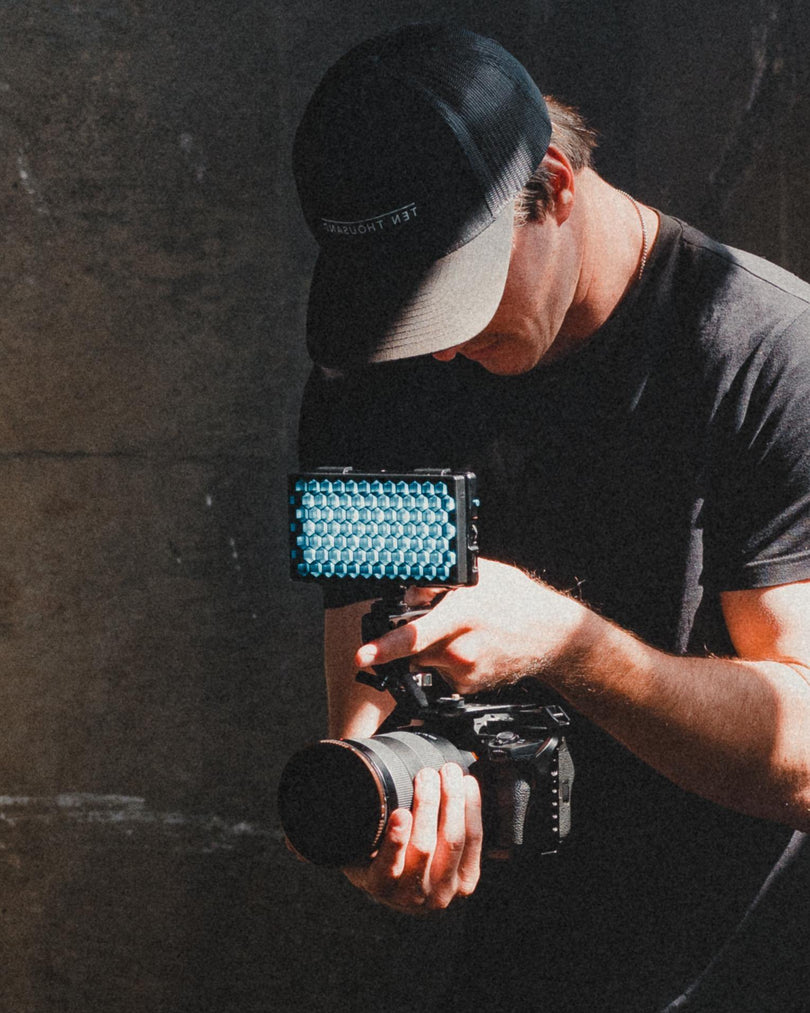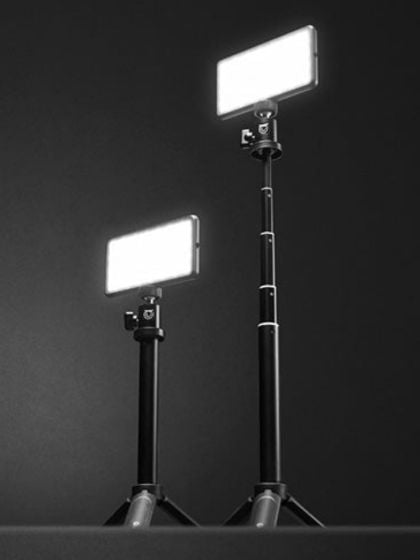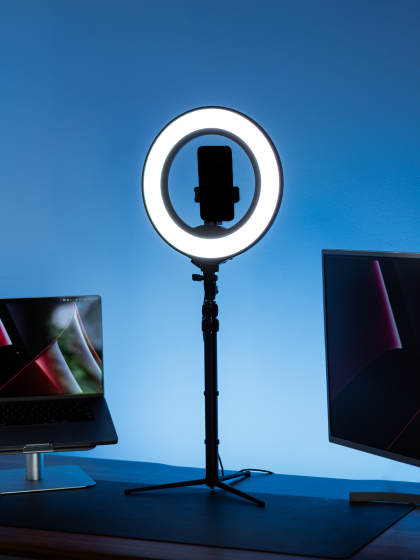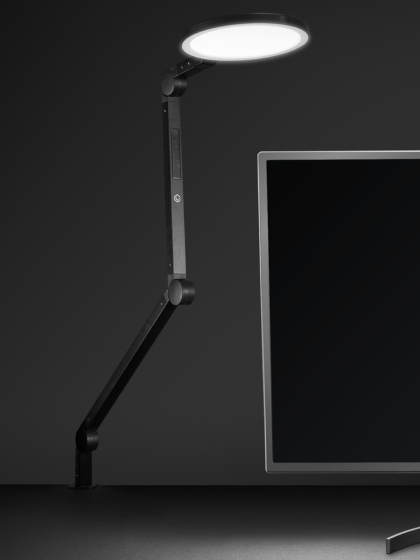
Where was this image taken?
Abraham Lake in Alberta, Canada.
Is there a story behind why you chose Abraham Lake? I am sure there was a ton of icy spots to choose from, so why there?
Abraham Lake is consistently exposed to high winds. For this reason, the snow is often blown off the ice, leaving the ice clear and exposed while other lakes are covered. Along with that, I knew from experience that Abraham Lake usually displays a wide variety of features in the ice, and usually provides plenty of photo opportunities.
Did any pre-planning go into capturing this shot?
I had visited Abraham Lake during the day time a few weeks prior and had spent hours exploring the various ice cracks and bubbles. I was curious to light up some of the features with my Lume Cube at night and decided to make a plan to head back with some friends. We had to wait for a clear night and a few days after it had snowed to give the wind a chance to clear the ice again. I didn’t have any specific images in mind but was confident that mixing stars, light, and ice would yield some interesting possibilities.
What camera/lens did you use? And can you share your camera settings used here?
Canon 5D Mark IV,
Canon 16-35
F/2.8, 30 seconds, ISO 3200
In this shot it looks like you are on ice that is about to break apart, were you nervous about that possibility? How do you take safety precautions when shooting in outdoor locations?
It may look intimidating, however, the ice was actually very safe, at least 10 inches thick in that area. The cracks visible in this image were only surface features. I’d seen this phenomenon before and was curious to see how the light would interact with it. I was surprised how much the cracks showed as they are barely noticeable during the day. Safety-wise, I have lots of experience being on the ice and make sure to always check the thickness before going on it. I always have a satellite phone with me as well.
You have a knack for capturing incredible imagery in freezing locations. What are some of the challenges that come with shooting in freezing environments and how do you overcome them? How did your camera gear and Lume Cubes hold up in the cold?
I am constantly surprised by how good the gear holds up in cold temperatures. The main thing is the batteries die a bit quicker than normal, so I make sure to keep spare batteries warm in pockets. It’s only really in the extreme cold, around -40, that you have to work a little more quickly as the gear doesn’t last as long.
Overall, I find the body usually fails before the gear does, i.e. it is the photographer who eventually gives up, not the camera or gear. However, outdoor-wear is so performant these days that I find it’s just a matter of adding enough layers so that you can work in a way that you are comfortable and that you can go through your usual creative process without rushing.
How many Lume Cubes were used in the shot and where were they? Do you remember the brightness settings?
It was extremely dark that night, so I only used one at the dimmest setting possible. I wanted to reveal the cracks without blowing out any of the ice.
When shooting with Lume Cubes in the dark night, nailing the exposure can be difficult. What is your process to finding that perfect exposure where nothing is blown out, nor is it too dark?
I find it’s really just a matter of taking a test shot and then relying heavily on the histogram. I look at what needs fixing, and then take another frame, and so on until the contrast is where it needs to be for the image I have in mind. It really helps to have several illumination levels to choose from on the Lume Cube.
Can you explain your post-process on this image?
For this image, there wasn’t a lot of post-processing involved. I focus-stacked 4 shots to maximize sharpness. Then, I did a little adjusting of the highlights to bring those down, some adjusting of the contrast levels and some basic sharpening.
Do you have any tips on how to best photograph ice and snow… especially at night?
Because the foreground is often quite light with these subjects, the main thing to work on is balancing the brightness of the foreground with the dark background of the night sky. I would say rely on your histogram, commit the time and be picky about everything. Do it right.
Did the image turn out how you envisioned it?
I started out with images of just the cracks leading into the background peak but felt the image was lacking somehow, so I decided to ask for the help of my friend Kris in order to add the human element. I tried different lighting directions but as soon as I attempted the backlight, I knew I wanted to build the image around that and keep things clean. I’m super happy with the result. For me, it’s a fresh take on a place I’ve photographed many, many times.
Any plans to go back to this location and try something new?
I’ve shot this lake at night at least once each winter for the past few years. We are now experiencing warmer temperatures in the Rockies so the quality of the ice is not what it was a few weeks ago but I’ll be sure to go back again next winter, hopefully with some aurora in the sky!
Describe Lume Cube in 5 words or less.
Convenient, Simple, Compact, Creative, Fun.

